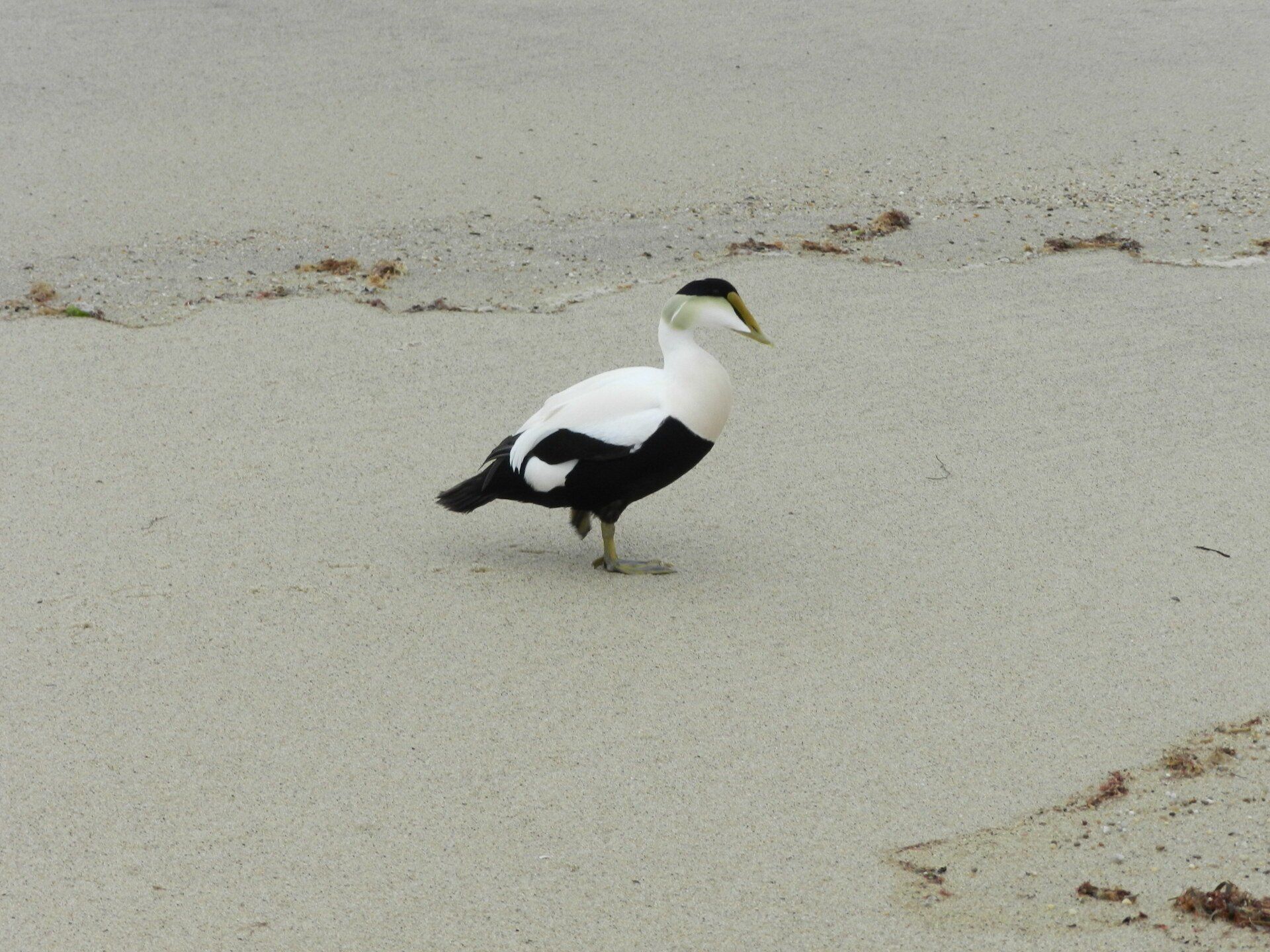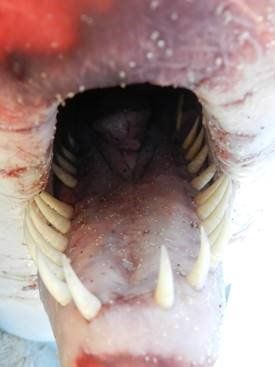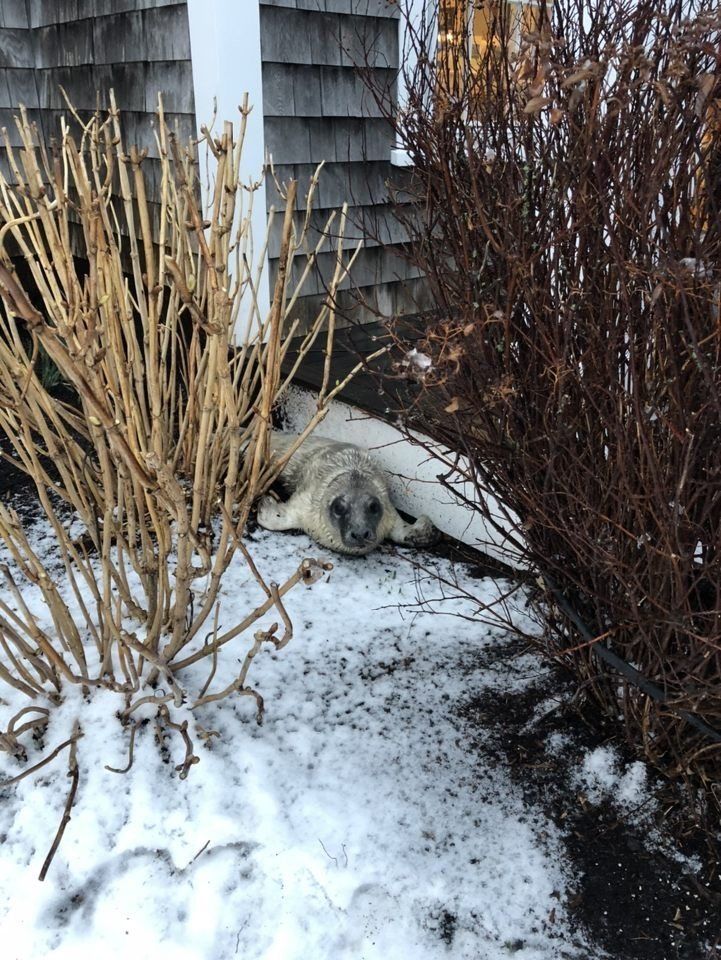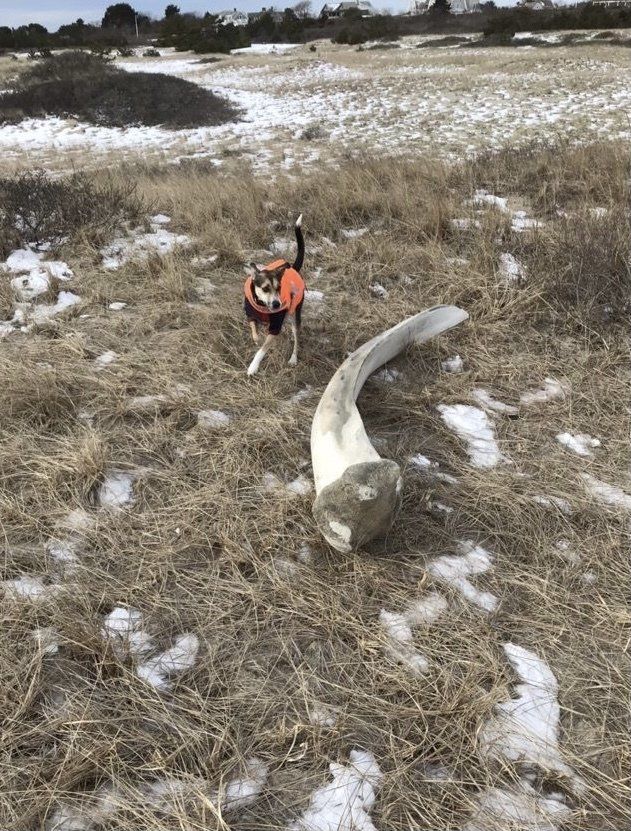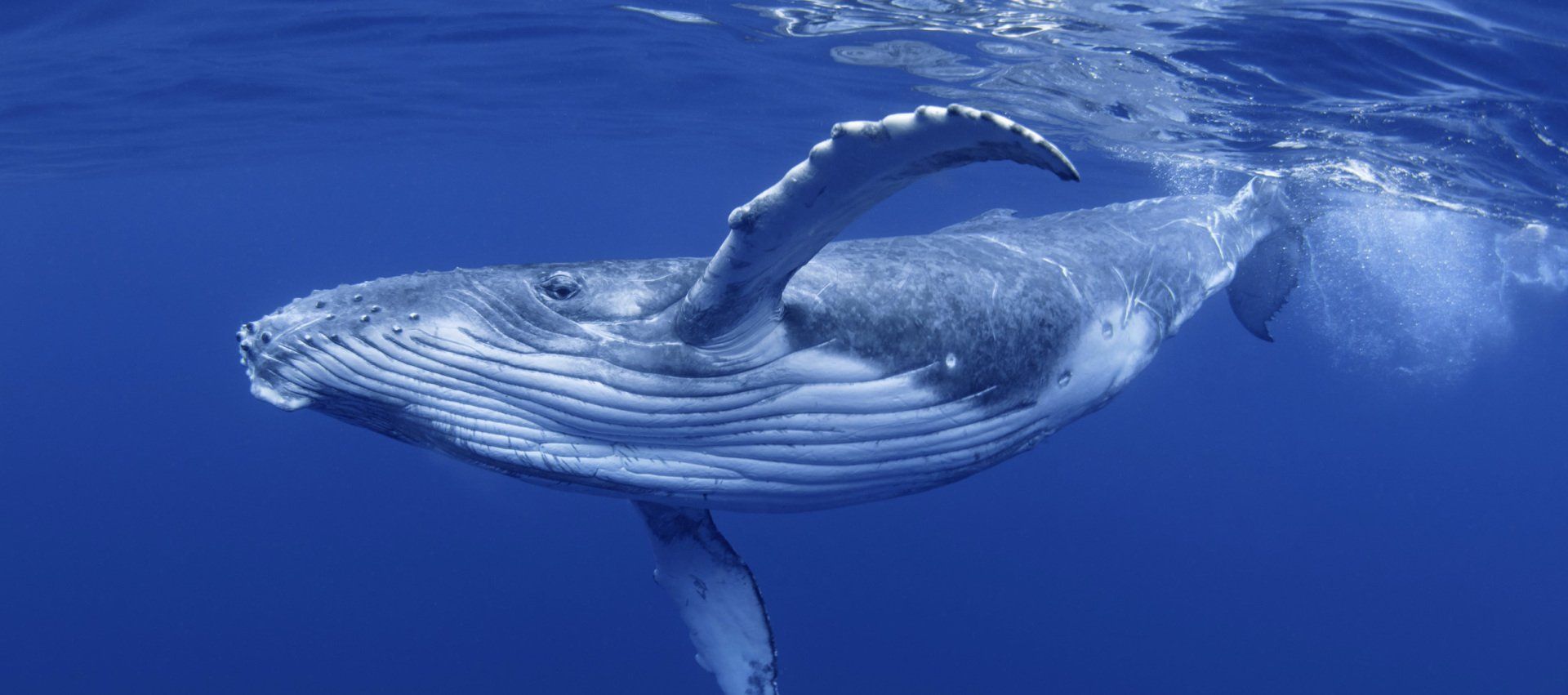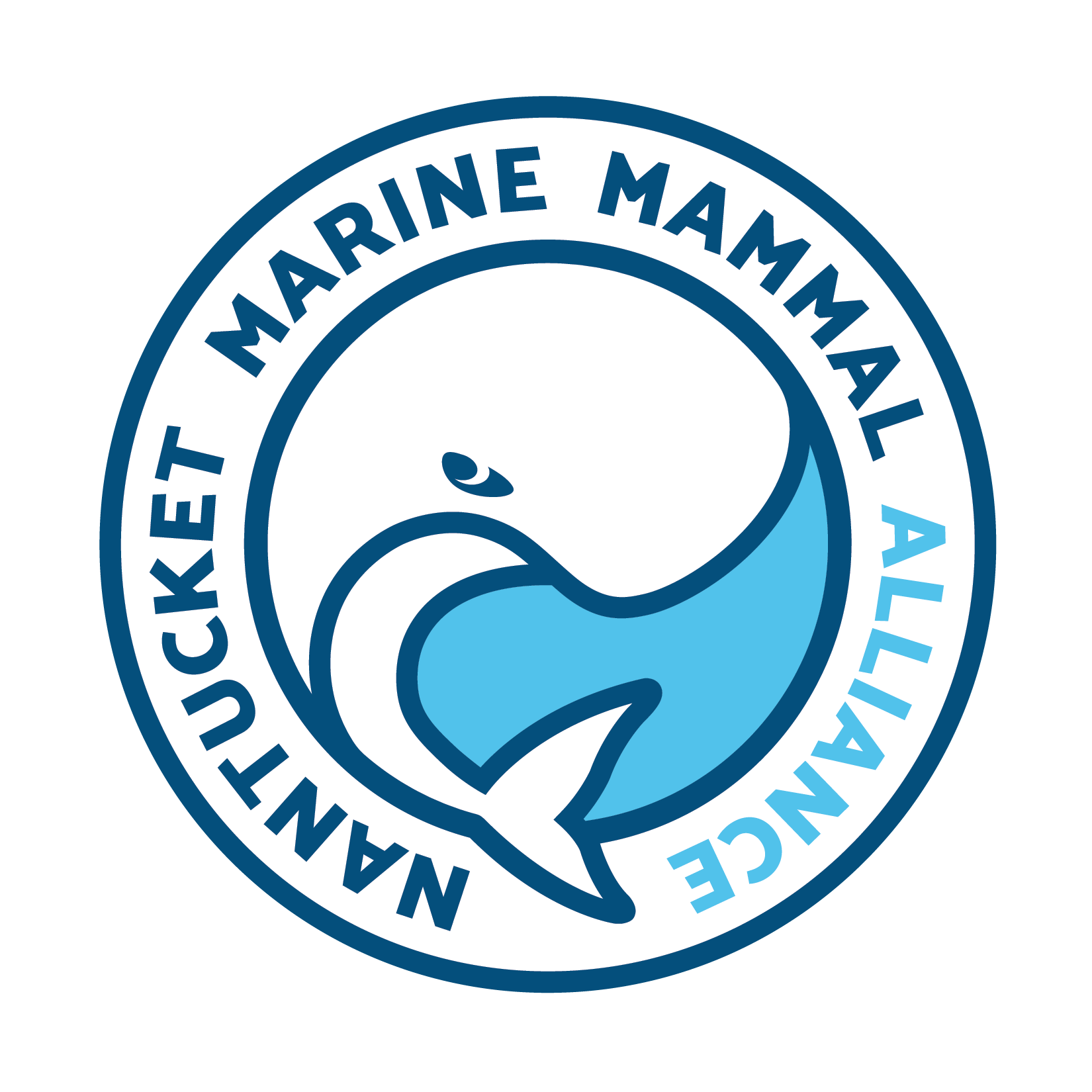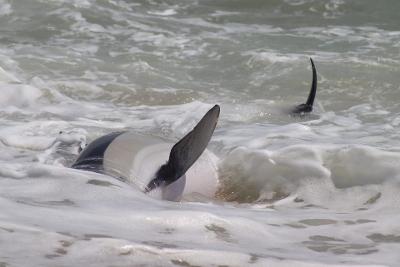LET’S GET UP CLOSE AND PERSONAL TO A HUMPBACK WHALE’S SKIN
One thing that can’t be experienced on a whale watch is a close-up examination of the ecological niche that is present on the surface of a humpback whale. In this blog, I will give you a close-up appreciation of this interesting area.
Recently a two year old male humpback whale died and washed up on the beach in Madaket.
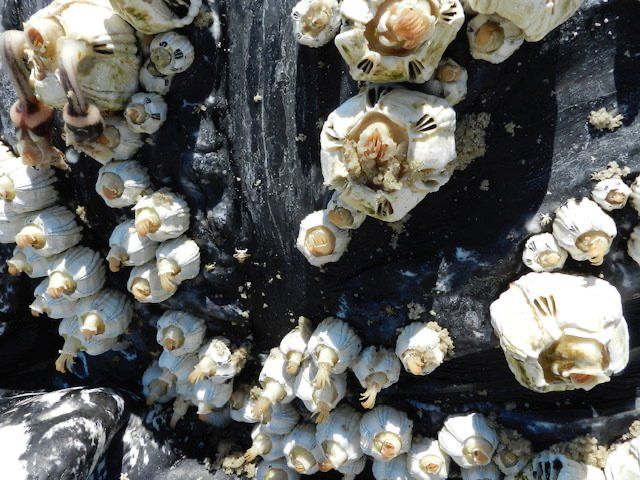
There are three different crustaceans in the photo above? Take a moment to find them for yourself, then read on.
The first crustacean is the most numerous and is known as the acorn barnacle (Coronula diadema). This humpback whale has a number of them, varying in size from the large central one to multiple smaller ones scattered over the surface. These barnacles typically attach and develop on the whale’s rostrum, fins and around their genital region. They can be quite numerous and contribute a considerable amount of weight to the whale. A report quoted 1,000lbs. of barnacles on one whale, which seems like a lot until one considers the total weight of an adult whale can be 80,000 lbs. Barnacles can cause drag on the whale as it moves through the water or possibly a skin infection if they penetrate the skin too deeply, but for the most part they cause no harm. A possible benefit is provided when males fight for females during their "heat runs.” The jagged edges of the barnacles could inflict injury to their rivals.
Barnacles are hermaphroditic in that they have both male and female reproductive systems. That being said, they still need other barnacles in order to reproduce since both reproductive systems are not usually functioning at the same time. Since they can't move around as adults to complete their reproductive duties, they will colonize areas on the whale to be close to one another. Transfer of genetic material occurs by one barnacle extending its penis to reach a nearby receptive barnacle. The extended penis may be 7-10 times the height of the impregnating barnacle, leading some to speculate that barnacles, for their size, are the most well-endowed creatures in the animal kingdom (I'll never think of Barnacle Bill the sailor in the same way after learning that fact!).
After breeding, the barnacle will spawn 10,000-20,000 free-swimming larvae that hope to latch onto a whale as it swims by. Some marine biologists speculate that whale barnacles synchronize their reproduction when whales are in close proximity during breeding season. Some researchers feel that the larvae may pick up a chemical scent from the whale, which stimulates it to grab onto the whale. In any event, the larval barnacle eventually finds its host and then moves around on the whale’s skin surface to find its desired location. It then produces a sticky cement to hold fast onto the whale as it grows. In growing, the barnacle pulls the surface of the whale’s skin into tube like cavities in its shell for a more secure attachment. Once settled, the barnacle can enjoy the benefits of the whale finding food (plankton) for both of them.
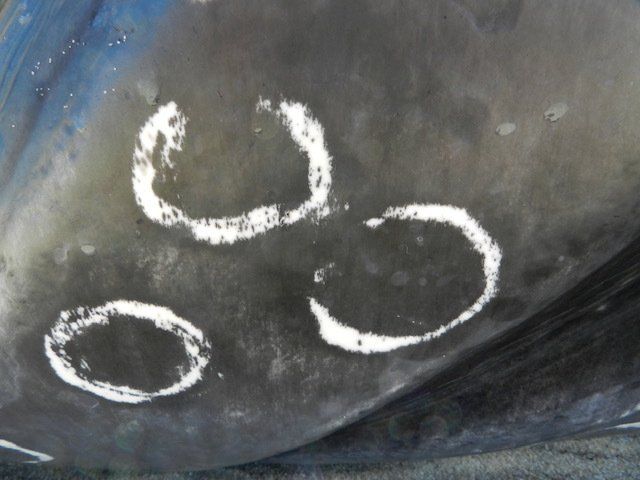
An acorn barnacle has a life span of approximately 1 year. These white circles are scars left on the humpback’s skin after the barnacles that resided there either died and fell off or were knocked off during breaching or rubbed off when rubbing against other whales. These scars can persist for 10-20 years.
The second crustacean is the Gooseneck barnacle (Cochoderma auritum) and two can be seen attached to the side of an acorn barnacle in the upper left-hand corner of picture #2.
Finally, the third crustacean in the picture is the whale louse. There are a number of them in the second photo, but the most obvious one is just to the left of center at 9 o’clock. These are crustaceans related to skeleton shrimp and not insects like most other lice. Whale lice feed off of the whales flaking skin and algae that settles on the whale. Minor damage can occur, but nothing that leads to significant disease. It is estimated that approximately 7,500 lice may live on the average adult humpback whale.

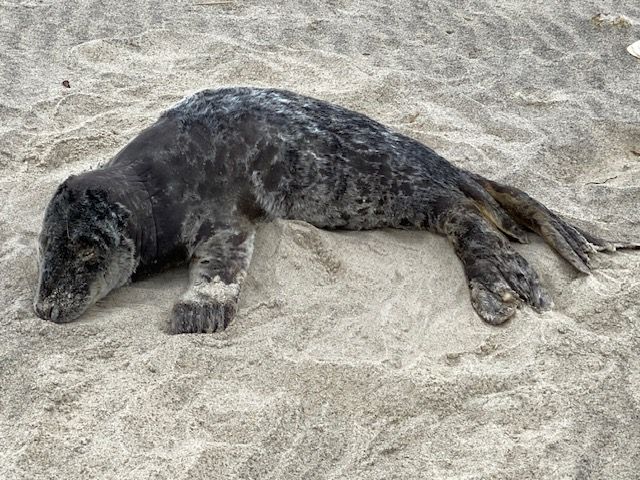
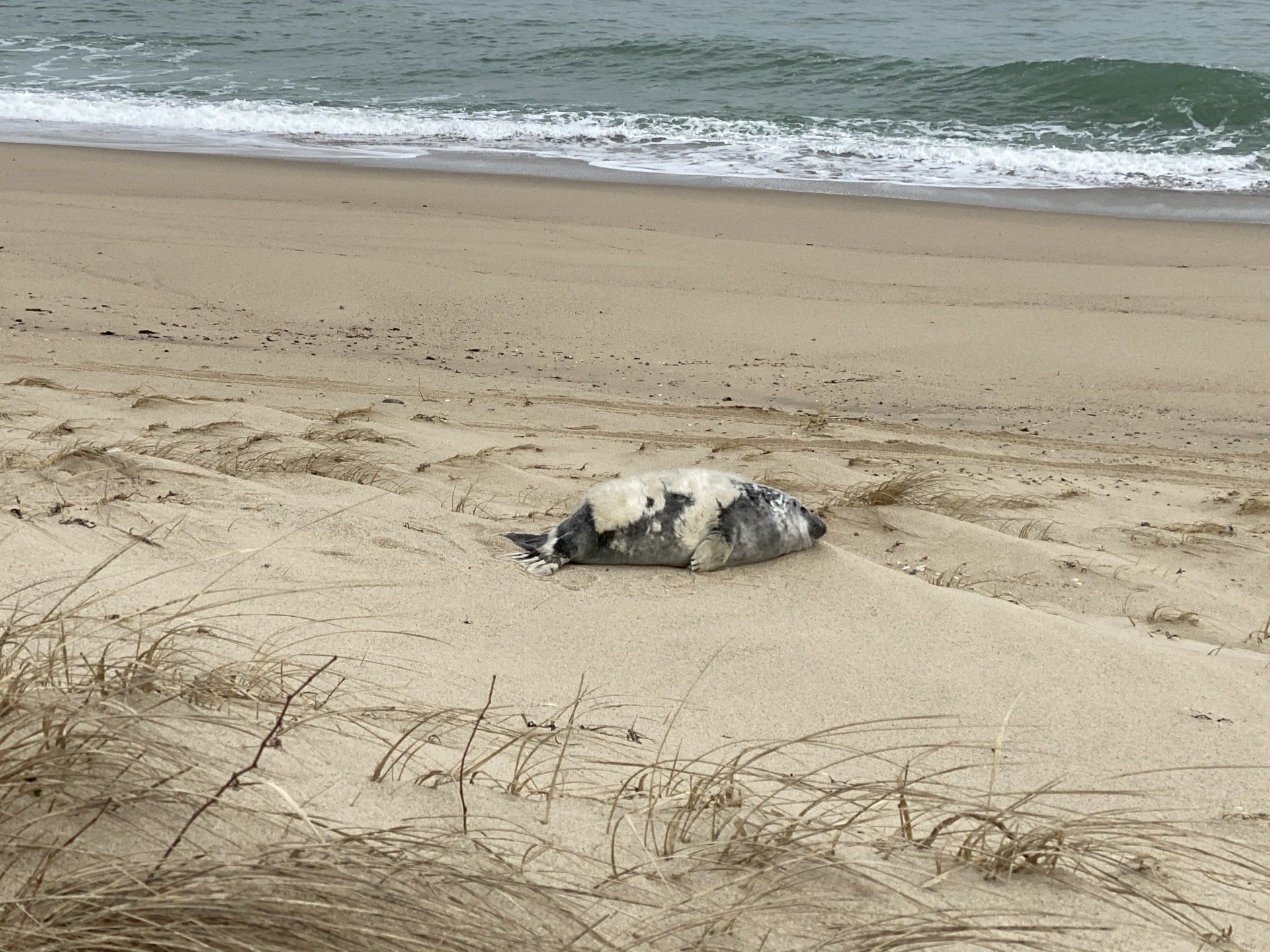
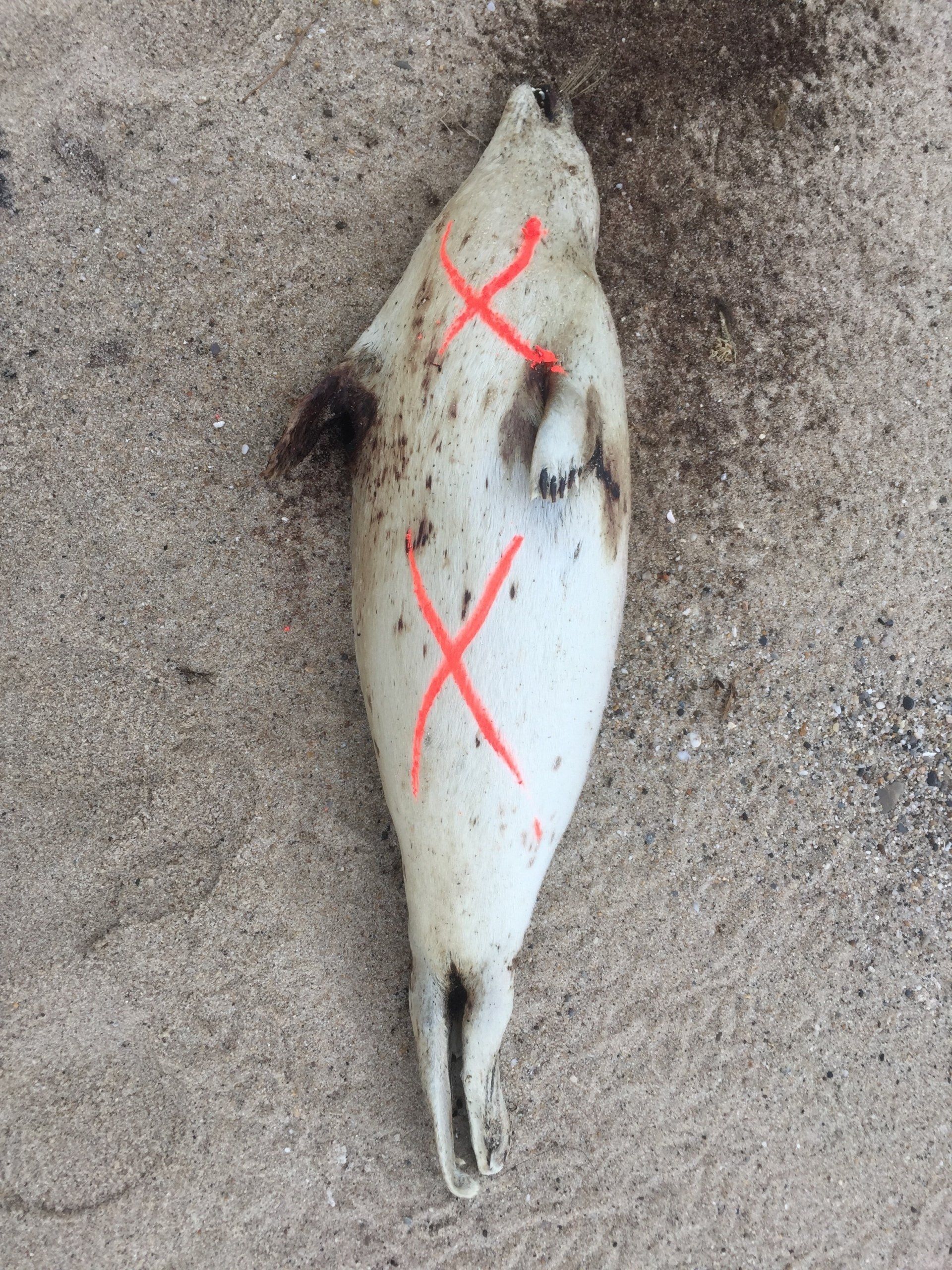
Marine Mammal Alliance Nantucket’s Stranding Team’s Duties when a Dead Seal is Reported on the Beach
